TABLE OF CONTENTS
A serrated knife is a highly coveted kitchen tool for all the culinary enthusiasts out there. And for some chefs, a day in the kitchen without a serrated knife is worse than a nightmare. There are some profound benefits of using these kitchen blades since some foods are pretty easy to tackle with serrated knives.
They are pretty handy when you want to make sandwiches where you have slice pieces of loaves and other stuff. Serrated blades are also helpful in making steaks as they are prepared from high-quality Japanese steel that stands the test of time. Let’s learn more about the best-serrated knife.
What Is A Serrated Knife?
In simple terms, a serrated knife is a kitchen blade with teeth or serrations on edge. The points of those serrations are incredibly sharp and prominent, and the distance between them may vary. In some knives, you may find that the teeth are set close to one another, while in some others, the serrations occur in the form of V.
It is a beautiful blend of plain sharpness and sharp points in the teeth, and it also offers dual functions. When you try to slice through something, the teeth will break the outer edge and the rest of the blade moves through the slice. The serrated knife is used in forward and backwards in a saw-like motion. The best-serrated knife can cut cleanly through the hard skin and juicy flesh without crushing anything. You can effortlessly cut through crusty bread without splintering it.
Why do You need To Have A Serrated Knife?
Serrated knives are also referred to as bread knives and they can seamlessly cut through any food with a resistant outer surface. With a serrated knife, you can cut, chop, shave, slash and do a lot more. Owing to this, this knife can perform a better action. You will need to have at least one serrated knife in your kitchen as it excels at slices while you drag the blade through the ingredient.
The unevenness of the serrated knife can grab and incise food by moving transversely through what you want to cut. The movement begins out more parallel rather than in perpendicular order. The high points of the serration meet with the outer crust first. It exerts more pressure at those points. They help in puncturing and tearing the crust. While you reach the soft inner parts of bread or vegetable, the gullets will continue and make a very clean slice without crushing the ingredient.
What To Look For In A Serrated Knife?
Good quality serrated kitchen knives have deep and broad serrations with crescent-shaped indentations in the kitchen blade called gullets. Some knives come with rounded and scalloped serrations. In place of teeth, the blade appears to be a row of symmetrical points. The reason behind such a design is that the scalloped chisels tend to remain sharper and get exposed to more food with every cut.
Firm handles
When trying to cut something with your serrated knife, you will want to hold it firmly while cutting. The knife must have an excellent grip so that it doesn’t become slippery when wet. Check whether you can hold the blade's heel with the forefinger and thumb and wrap the rest three fingers around the handle of the knife. A good grip will offer better control boosting the accuracy and pace of cutting. It will prevent slippage and reduce the chances of unwanted accidents.
Material of the blade
While stainless steel is the most popular choice for the material of the blade, the premium class knives mare today come with high-carbon German stainless steel. As a result, the best-serrated knife is more durable than any other regular knife. Further, this material makes the knives corrosion and rust-resistant.
Tip of the knife
The tip of the knife typically lies at the opposite end of the handle and is highly pointed and sharp. The pointed tip helps cut off straight and cut into thin strips and carve out loaves of bread. The tip is also helpful when you want to make incisions or slits.
The sharpness of the blade
In this aspect, you should consider the sharpness of the knife whole you purchase it and how long it will go without the need to sharpen it. The top-level serrated knives generally come with a sharpness of 56 to 58 in the Rockwell Hardness Scale and are constructed from high-carbon German stainless steel. They are better able to retain the hardness for many years.
Best Serrated Knives Recommendation
Now that you know how to select the best-serrated knives, it’s time to lay your hands on some of the top-notch pieces.
Bread knife
The imarku 10-inch bread knife has all the qualities that you will want to have in your kitchen blade. The performance of this knife is second to none and the remarkable craftsmanship with which the blade is designed deserves special mention. It has an incredible serrated design on edge, which improves the cutting performance of the knife.
Steak knives
You may also try out this beautiful set of 6-piece serrated steak knives made from ultra-sharp one-piece metal. This elegant set has all the attributes of any professional quality steak knives and you will be glad to possess it. The high carbon forged steel, ergonomic Pakka handle, and a convenient knife holder set- all of these add to the glory of this flawless performing serrated knife.
Recommended Reading: How to Sharpen Serrated Knives
Final words
Many of us love to cook and for some, it is nothing more than a tedious chore. No matter which category of chef you fall into, you must have craved for a kitchen blade that could have made everything a lot easier and faster. And the best-serrated knife does just that. While it’s primarily designed to cut through loaves and steak, you can use it for slicing through various ingredients in the kitchen. Overall, it’s a handy instrument that any cook will be interested in.
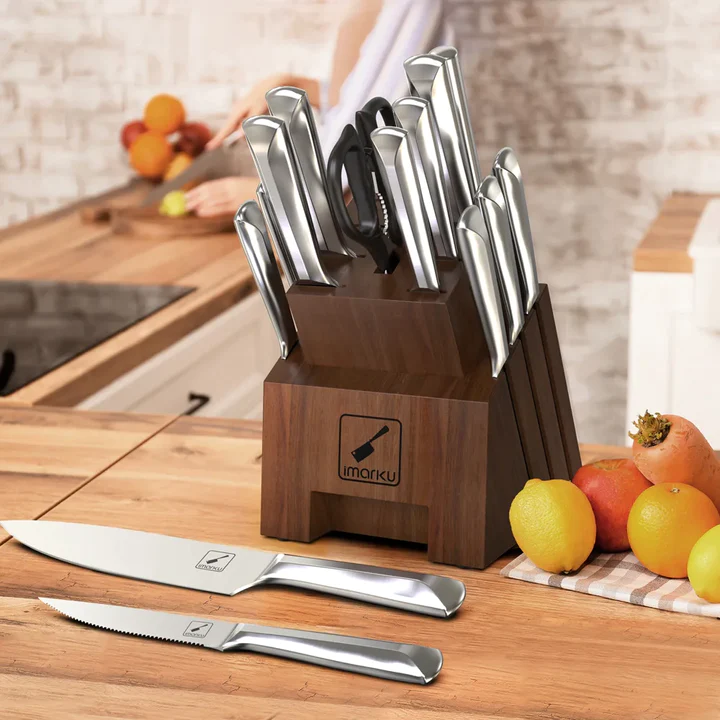
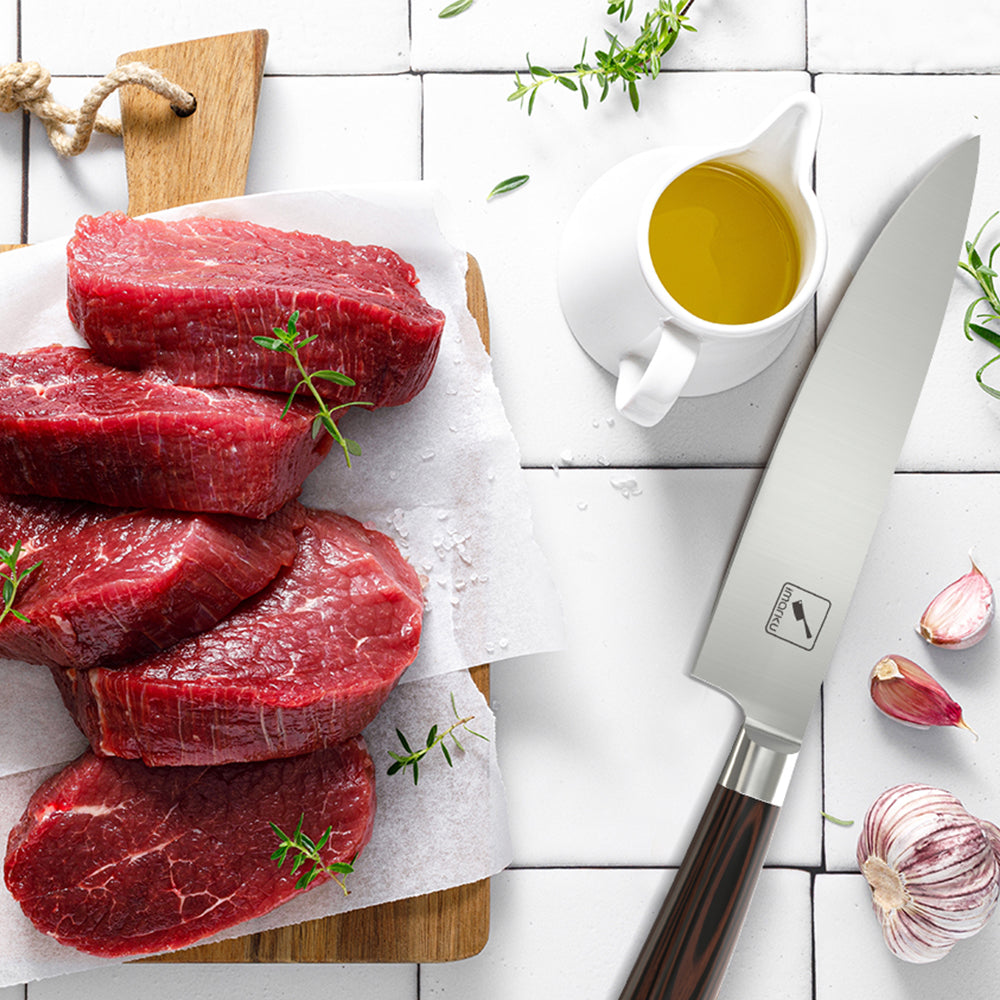
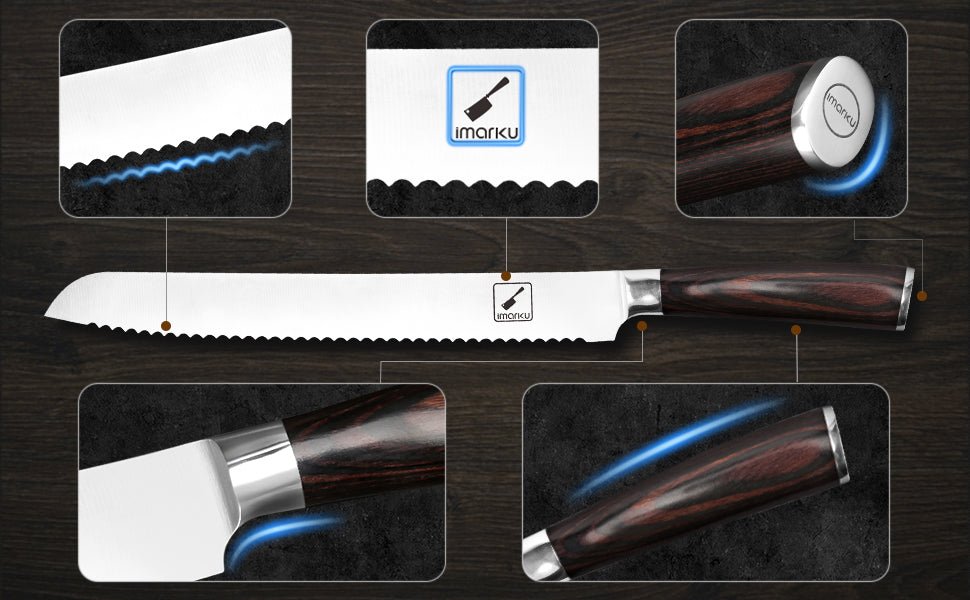


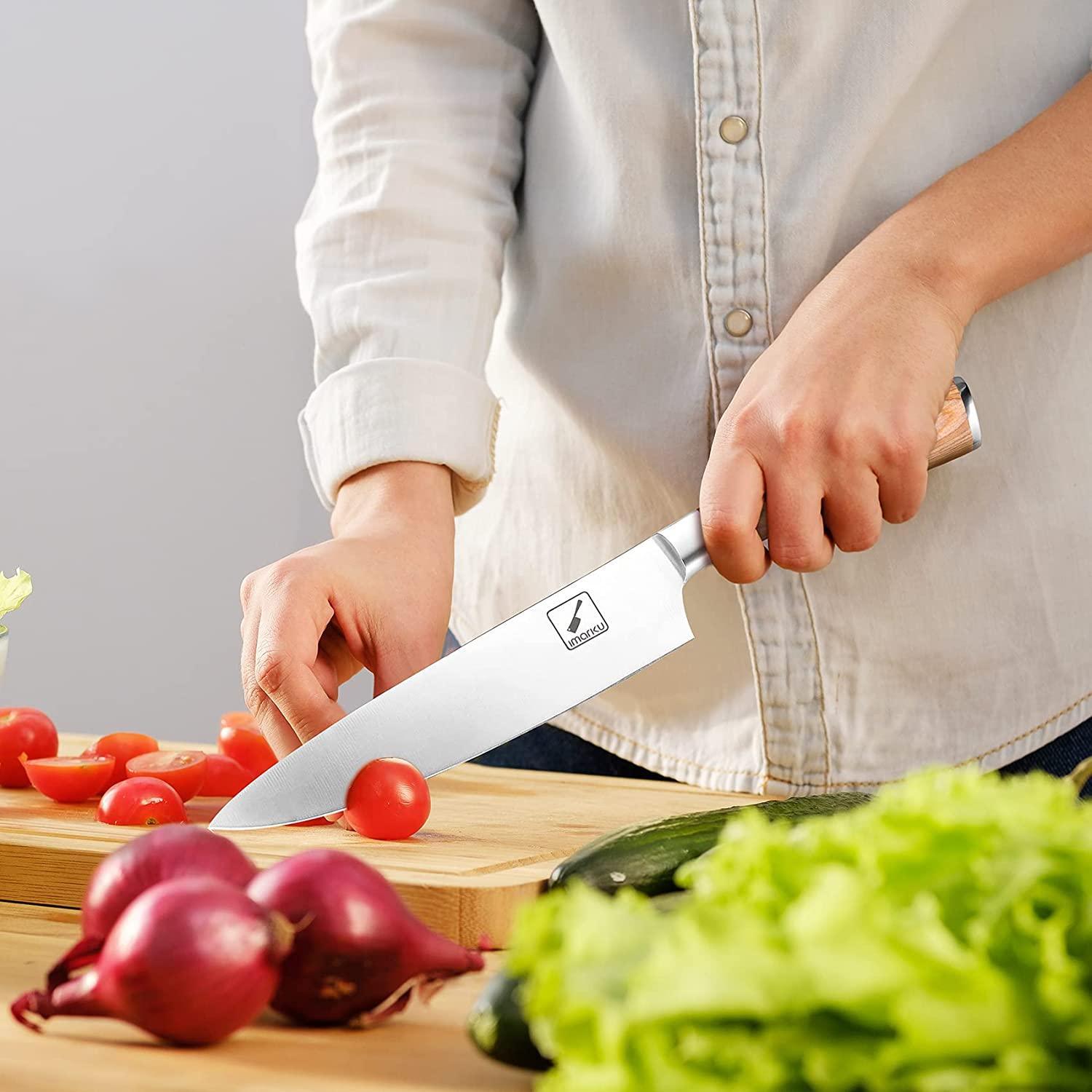
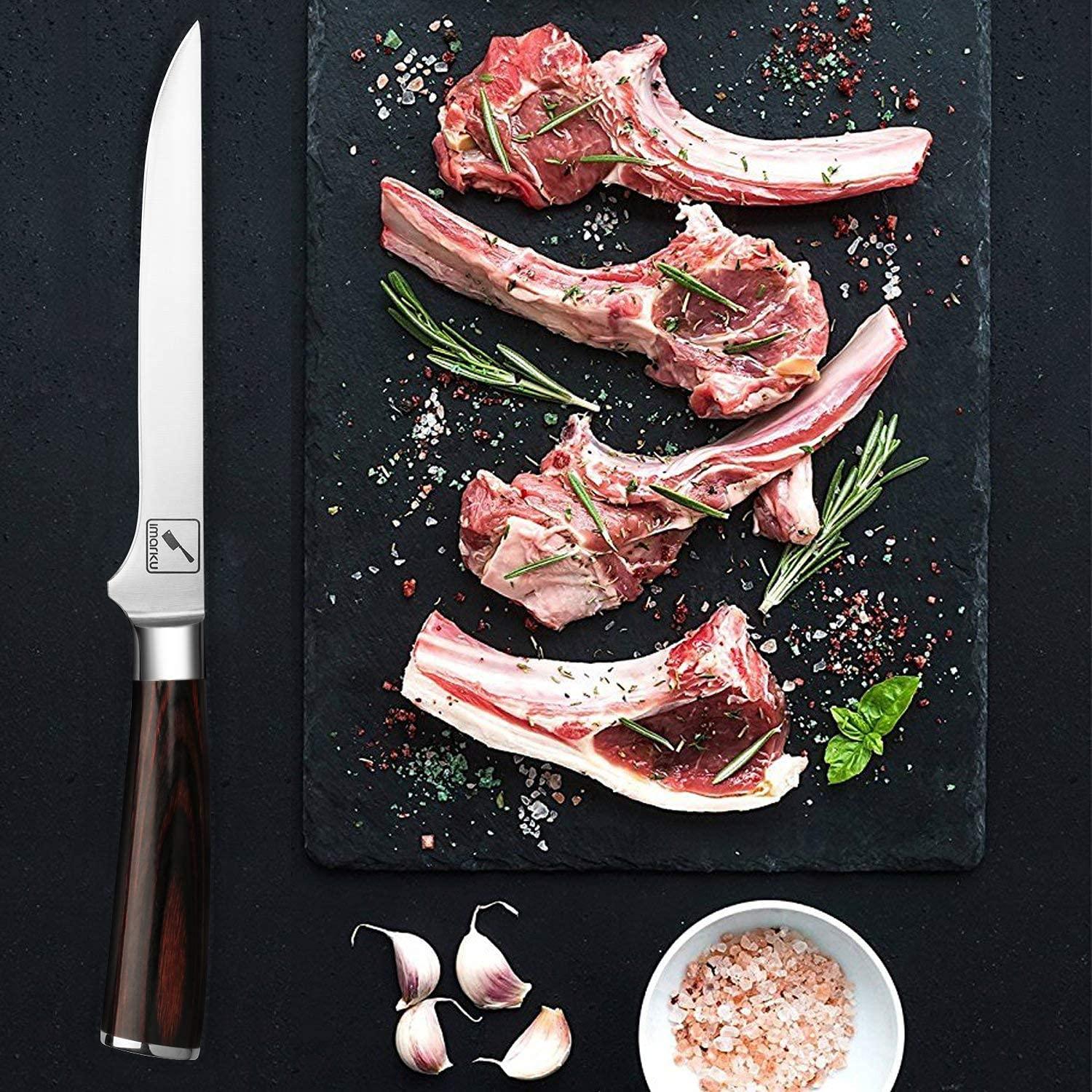

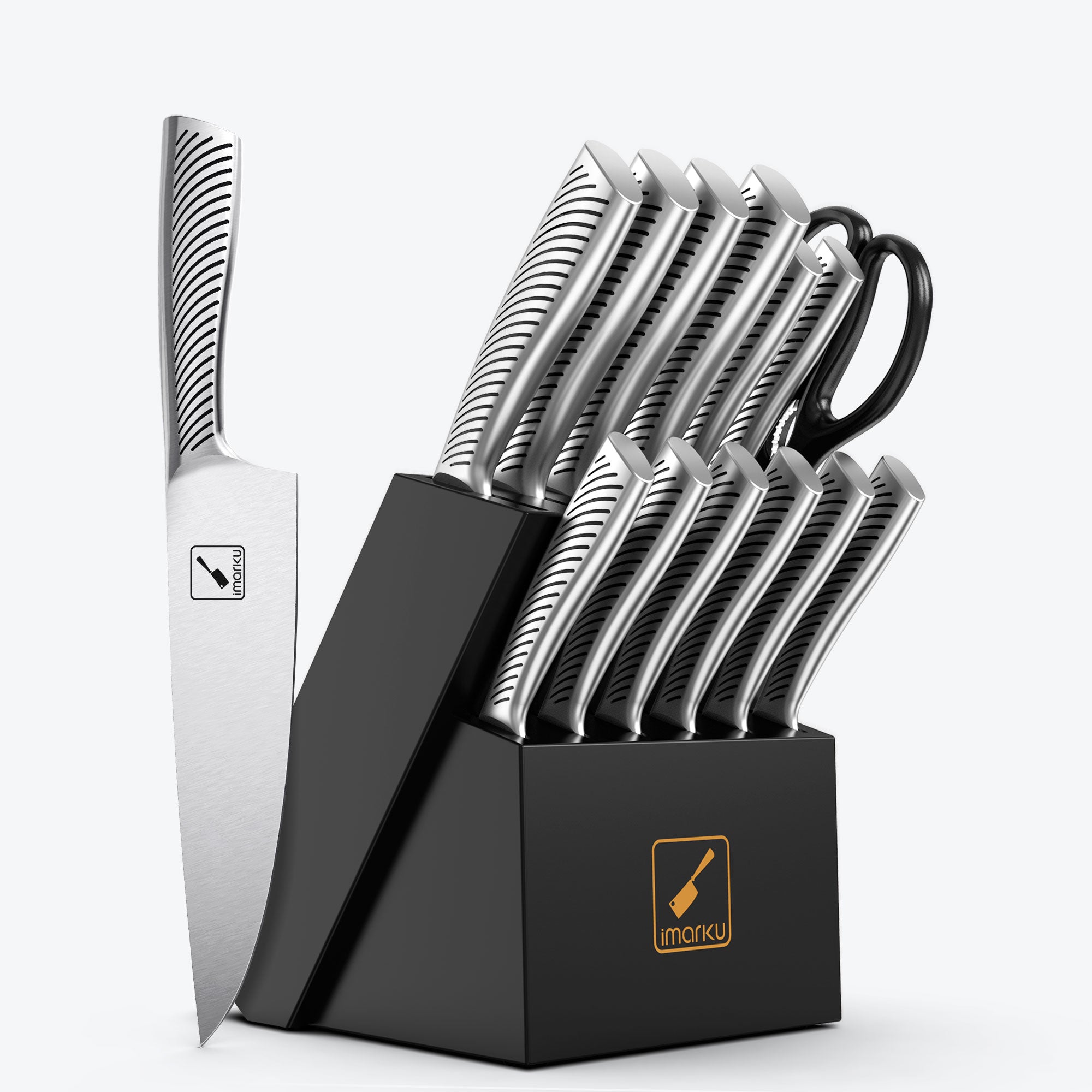

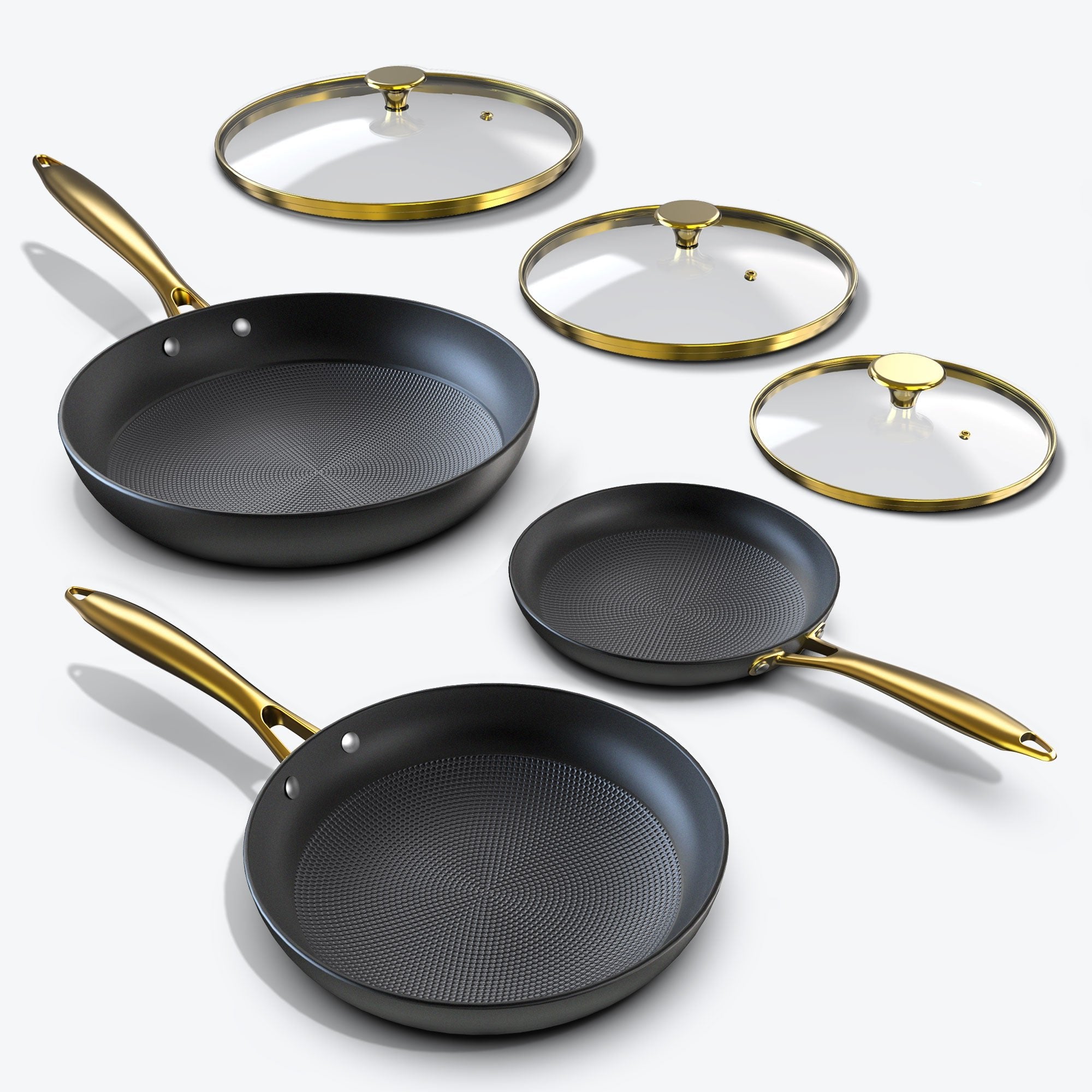
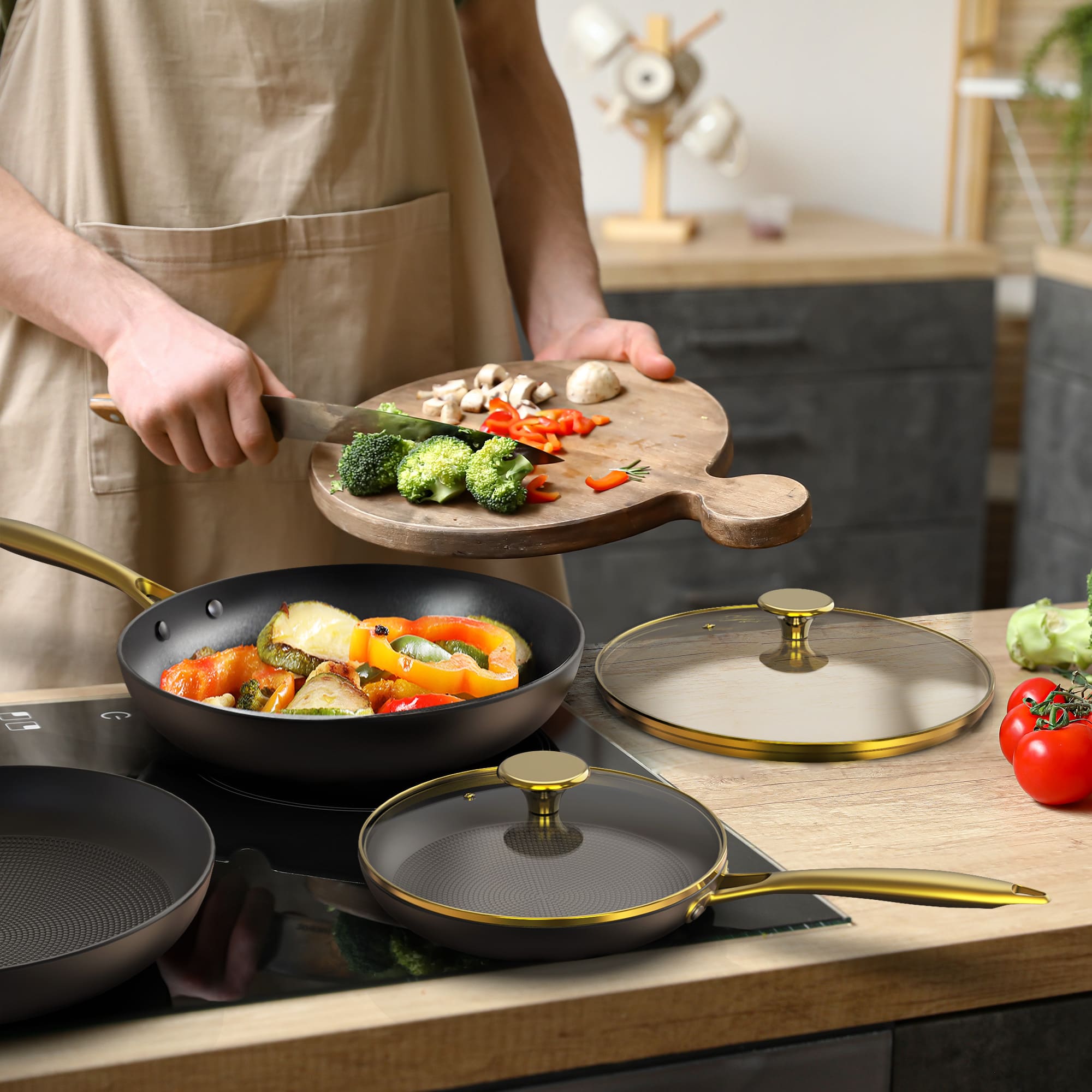
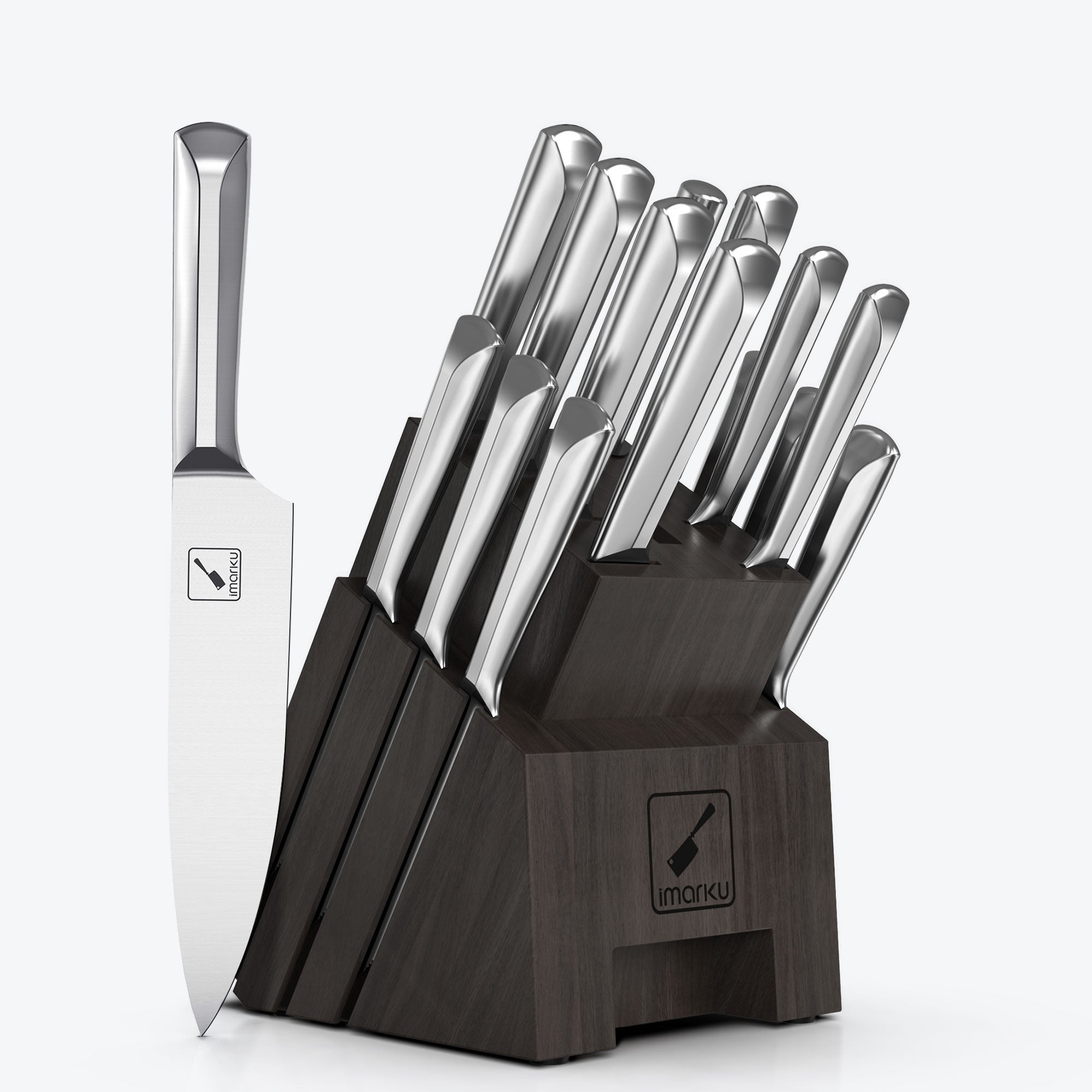

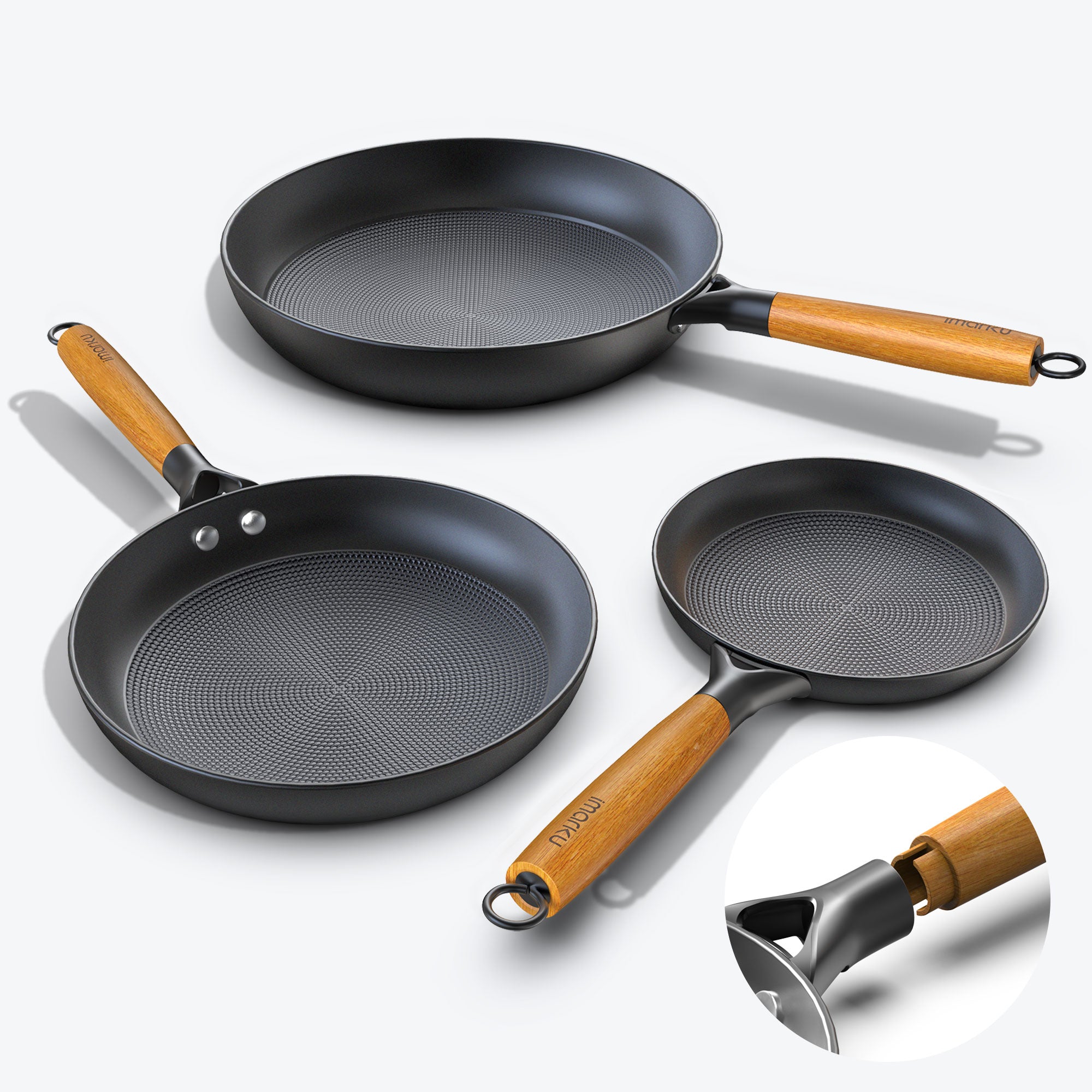
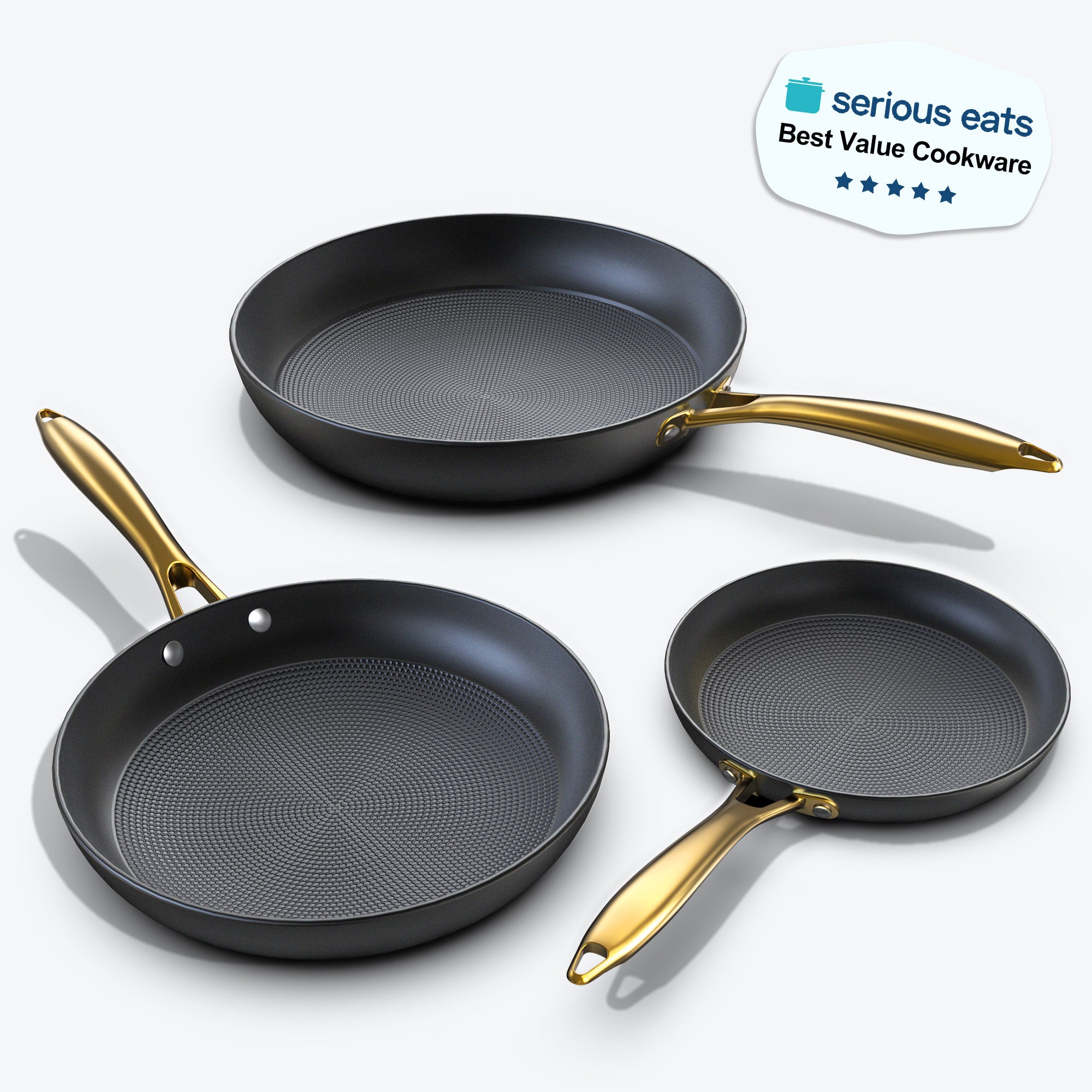
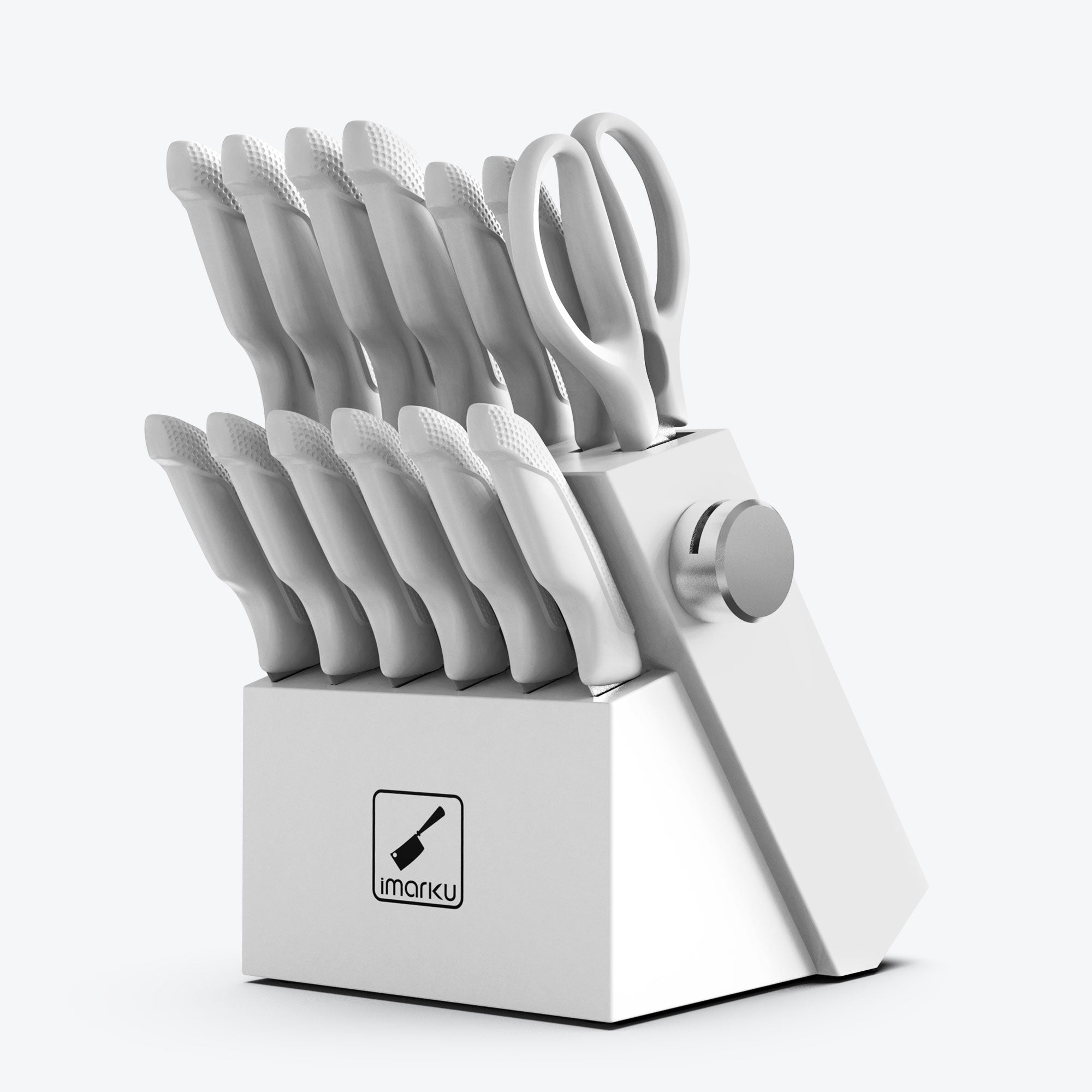
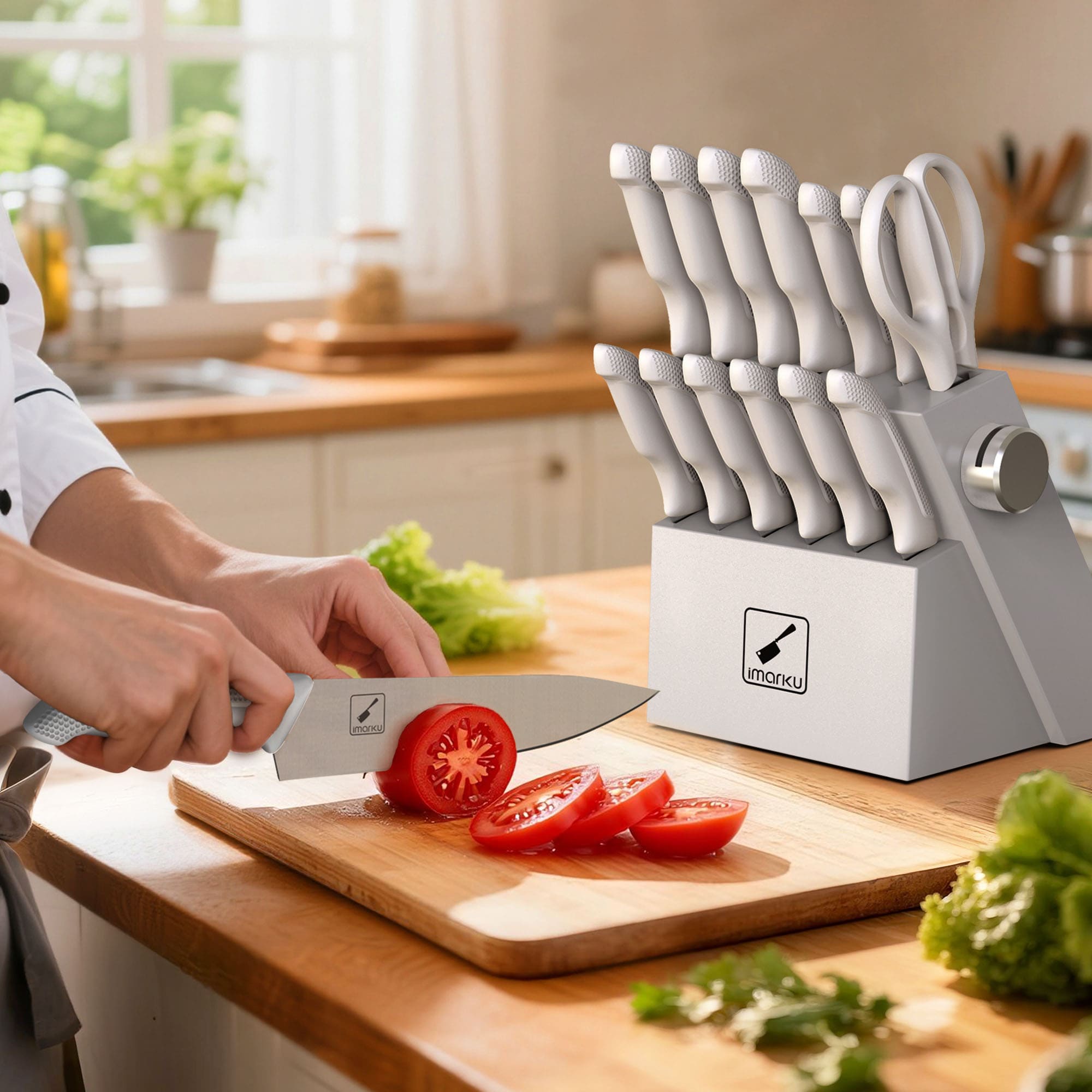
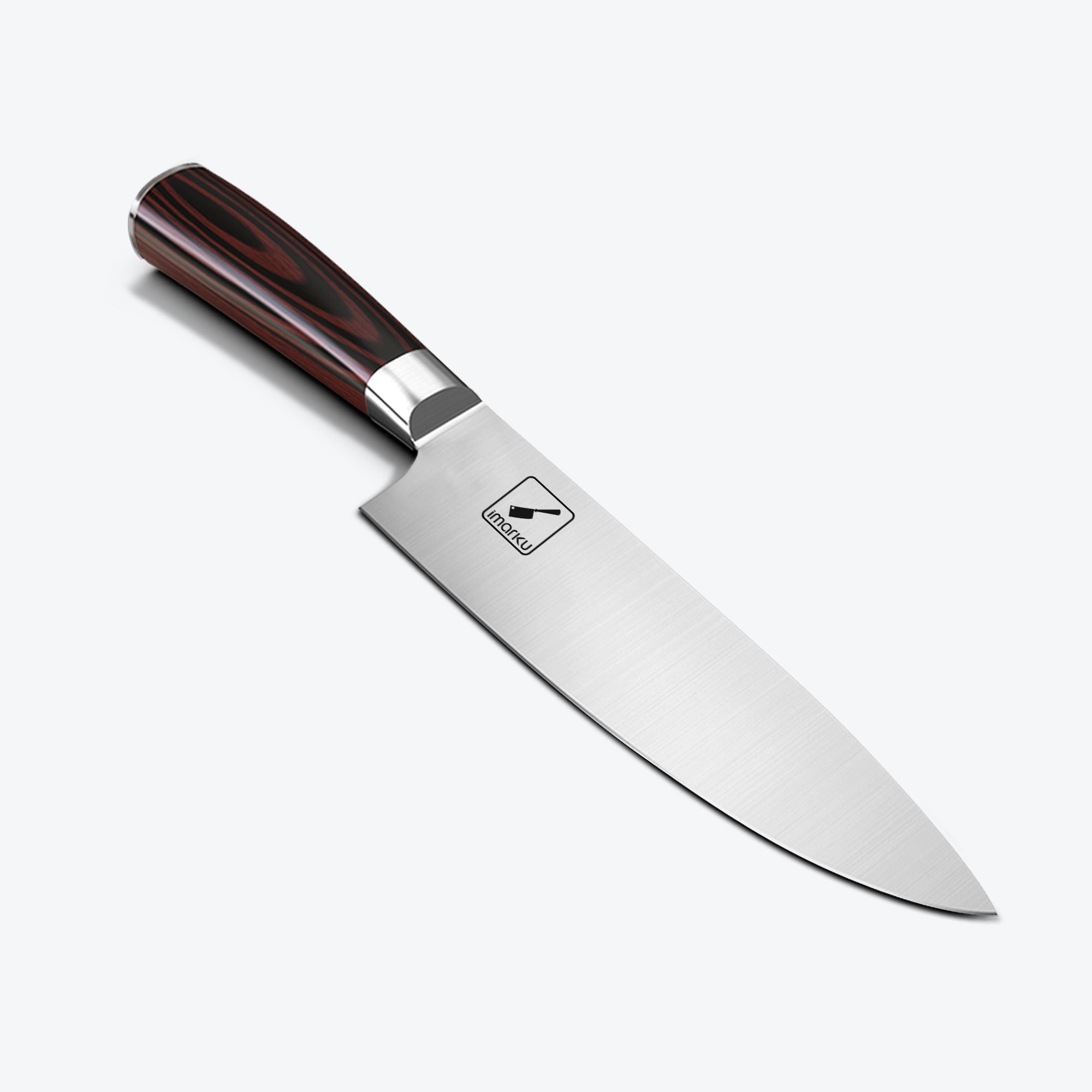

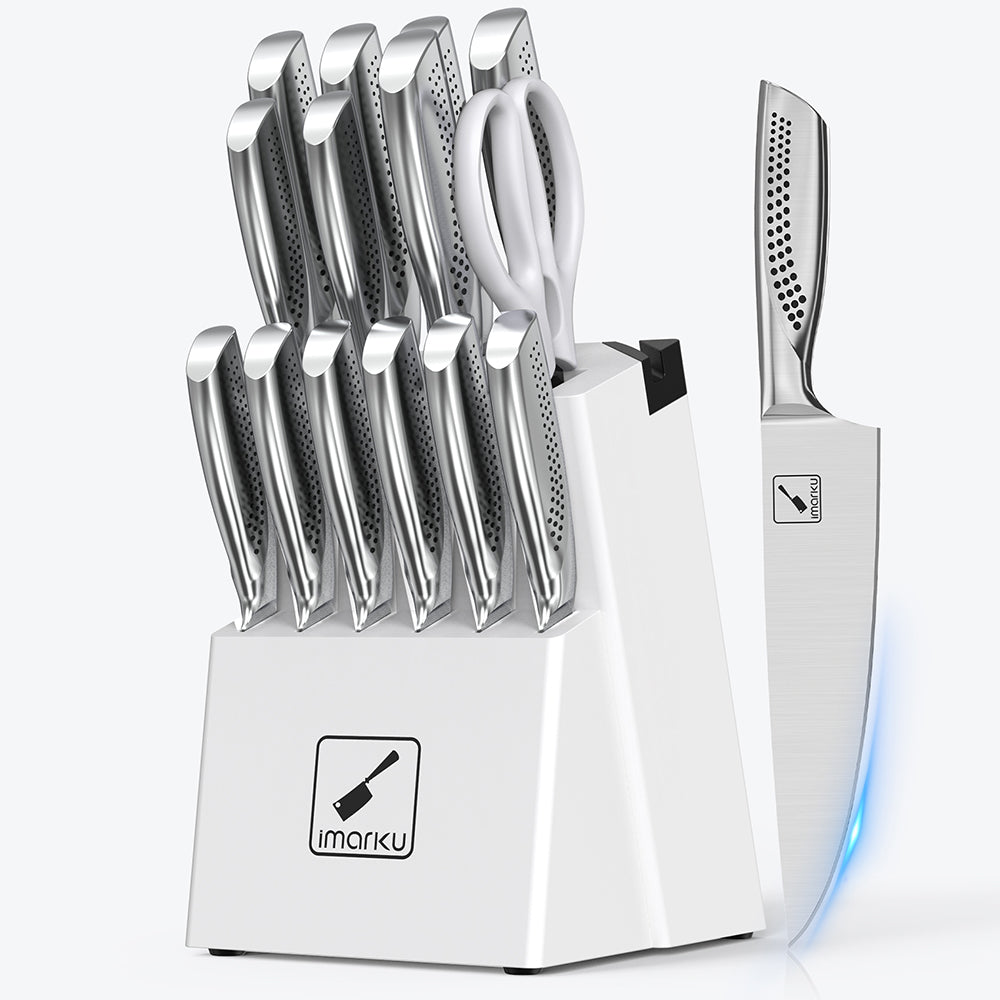

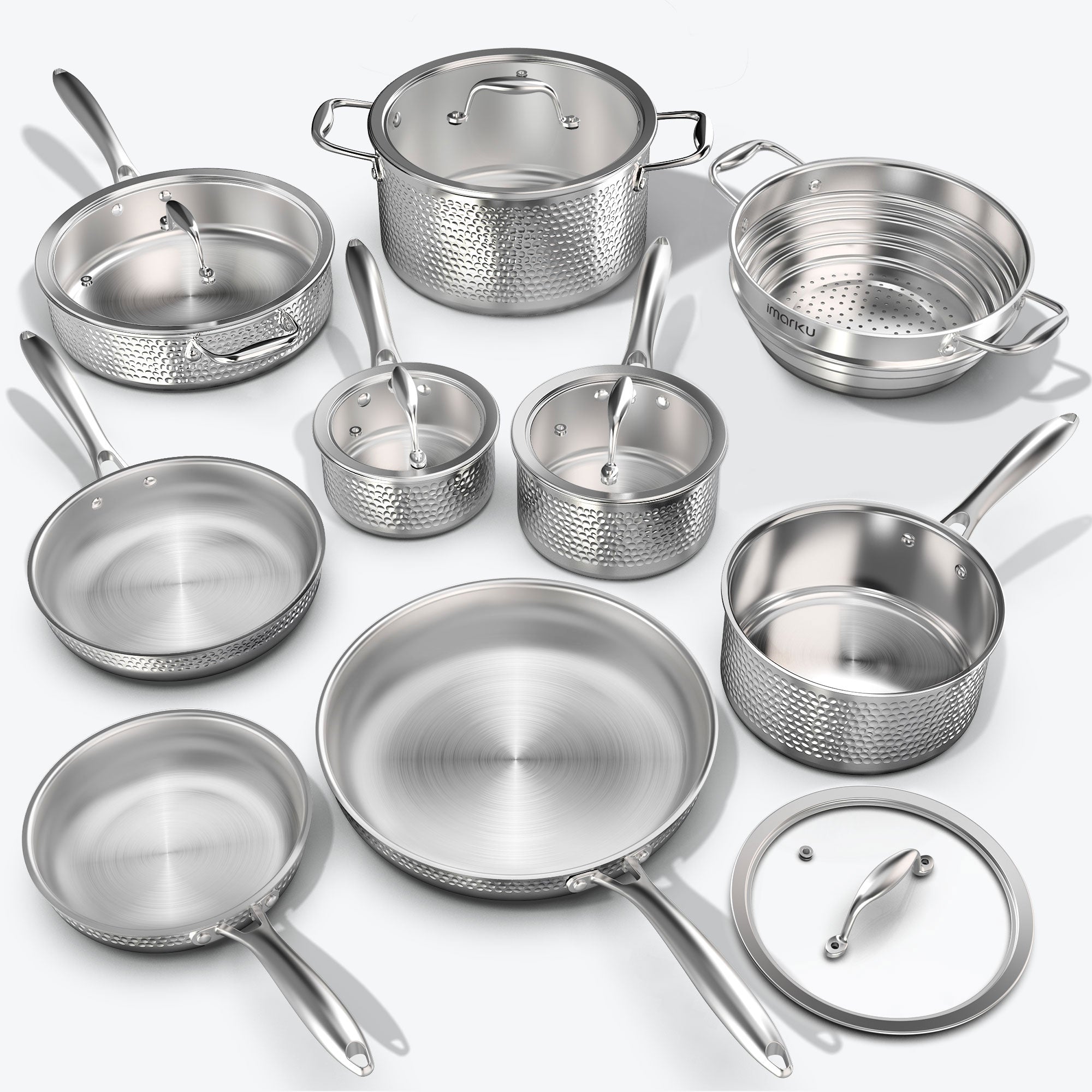
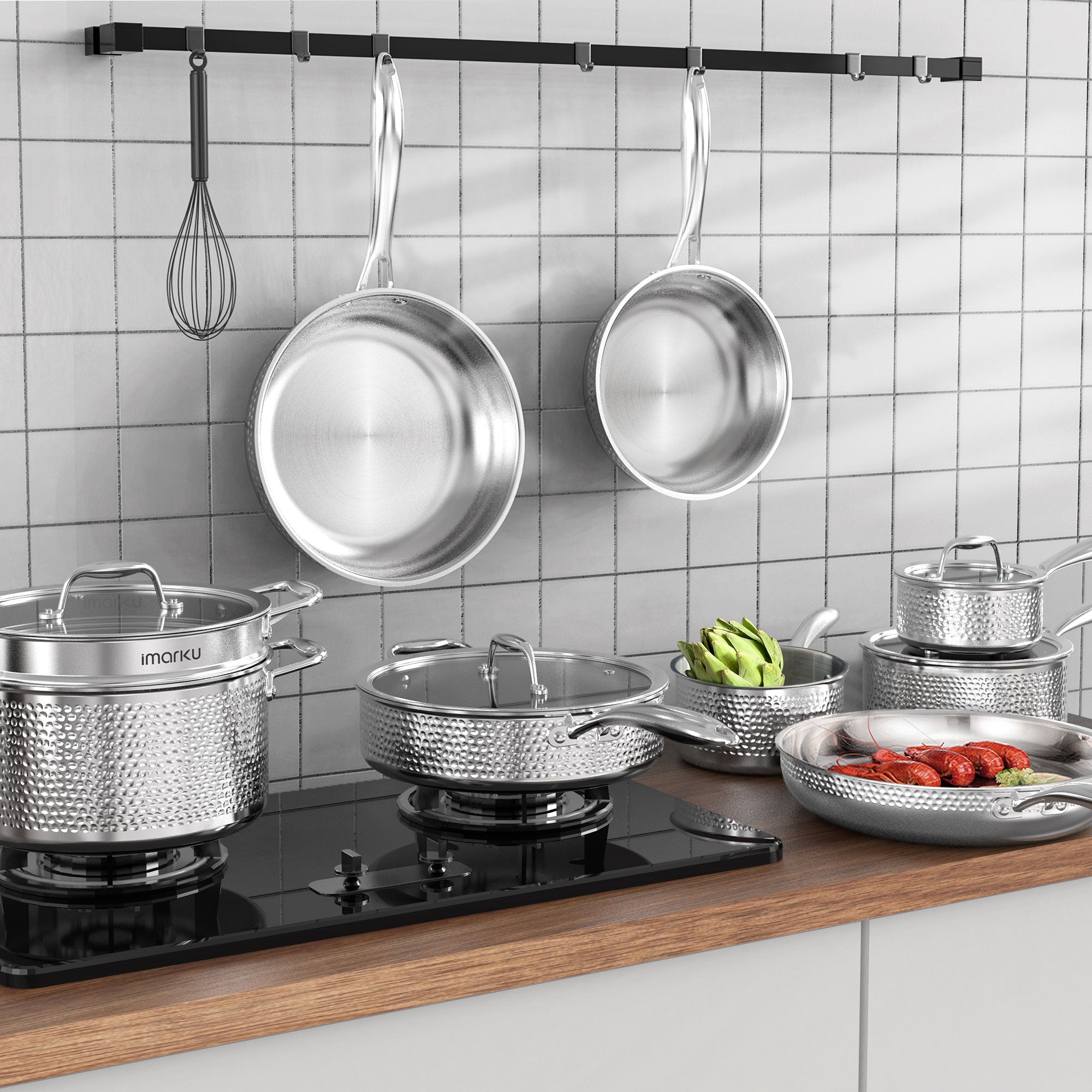
Leave a comment
All comments are moderated before being published.
This site is protected by hCaptcha and the hCaptcha Privacy Policy and Terms of Service apply.